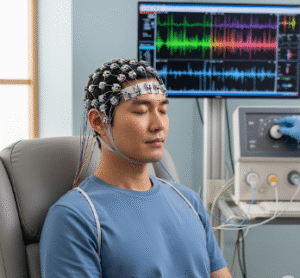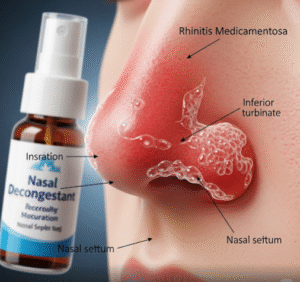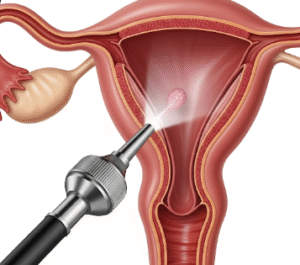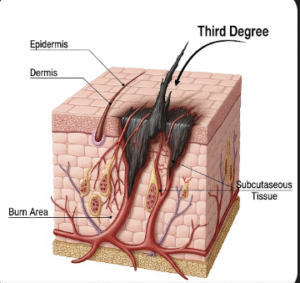Overview
Rheumatoid arthritis (RA) is a chronic autoimmune disease that primarily affects the joints, causing pain, swelling, stiffness, and progressive joint damage. Unlike osteoarthritis, which is caused by wear and tear, RA occurs when the immune system mistakenly attacks healthy joint tissue. Over time, RA can lead to disability and affect other organs, such as the eyes, heart, and lungs.
What is Rheumatoid Arthritis?
Rheumatoid arthritis is a systemic inflammatory disorder where the immune system targets the synovium — the thin membrane that lines joints. This causes inflammation that can erode cartilage and bone, deform joints, and impair movement. RA often affects joints symmetrically, meaning both sides of the body are usually involved, such as both wrists, knees, or hands.
Symptoms
Common symptoms of rheumatoid arthritis include
- Persistent joint pain, tenderness, and swelling
- Morning stiffness lasting more than 30 minutes
- Warmth and redness around affected joints
- Fatigue, weakness, and low-grade fever
- Loss of appetite and weight loss
- Decreased range of motion in joints
- Symptoms affecting both sides of the body (symmetrical pattern)
Causes
The exact cause of RA is unknown, but it results from a combination of genetic, environmental, and immune system factors. Triggers may include
- Genetic predisposition (HLA-DR4 gene variants)
- Hormonal changes that influence immune function
- Environmental factors like smoking or exposure to certain infections
- Immune system malfunction leading to joint tissue attack
Risk Factors
Factors that increase the risk of RA include
- Being female (women are 2–3 times more likely to develop RA)
- Age between 40 and 60 years
- Family history of RA
- Smoking and long-term exposure to harmful chemicals
- Obesity, which increases inflammation in the body
Complications
If not managed effectively, RA can lead to
- Joint deformities and loss of mobility
- Osteoporosis due to inflammation and medication side effects
- Rheumatoid nodules under the skin
- Eye inflammation (scleritis, uveitis)
- Lung disease or interstitial lung disease
- Increased risk of heart disease and stroke
- Anemia from chronic inflammation
Prevention
While RA cannot be completely prevented, risk can be reduced by
- Avoiding smoking and limiting exposure to pollutants
- Maintaining a healthy weight and balanced diet
- Regular exercise to strengthen joints and muscles
- Early detection and treatment of joint inflammation
- Managing stress to support immune health
Treatment Options in Korea
South Korea provides world-class rheumatoid arthritis management with advanced medications, cutting-edge imaging, and integrated rehabilitation programs.
1. Disease-Modifying Antirheumatic Drugs (DMARDs) – Medications such as methotrexate, sulfasalazine, and leflunomide slow disease progression and prevent joint damage.
2. Biologic Therapies – Korean hospitals use advanced biologics like TNF inhibitors (etanercept, adalimumab) and JAK inhibitors (tofacitinib) to target specific immune system pathways.
3. Anti-inflammatory Medications – NSAIDs and corticosteroids help reduce pain, swelling, and inflammation during flare-ups.
4. Physical & Occupational Therapy – Customized exercise and joint protection techniques are offered to maintain mobility and function.
5. Surgical Interventions – For severe joint damage, procedures like synovectomy, tendon repair, or joint replacement surgery are available in top Korean orthopedic centers.
6. Integrative Therapies – Some clinics incorporate acupuncture, traditional Korean medicine, and dietary counseling to complement standard treatment.
7. Leading Hospitals in Korea for Rheumatoid Arthritis
- Seoul National University Hospital – Rheumatology Department
- Asan Medical Center – Autoimmune Disease Center
- Samsung Medical Center – Rheumatology & Immunology Division
- Severance Hospital – Joint & Arthritis Clinic













